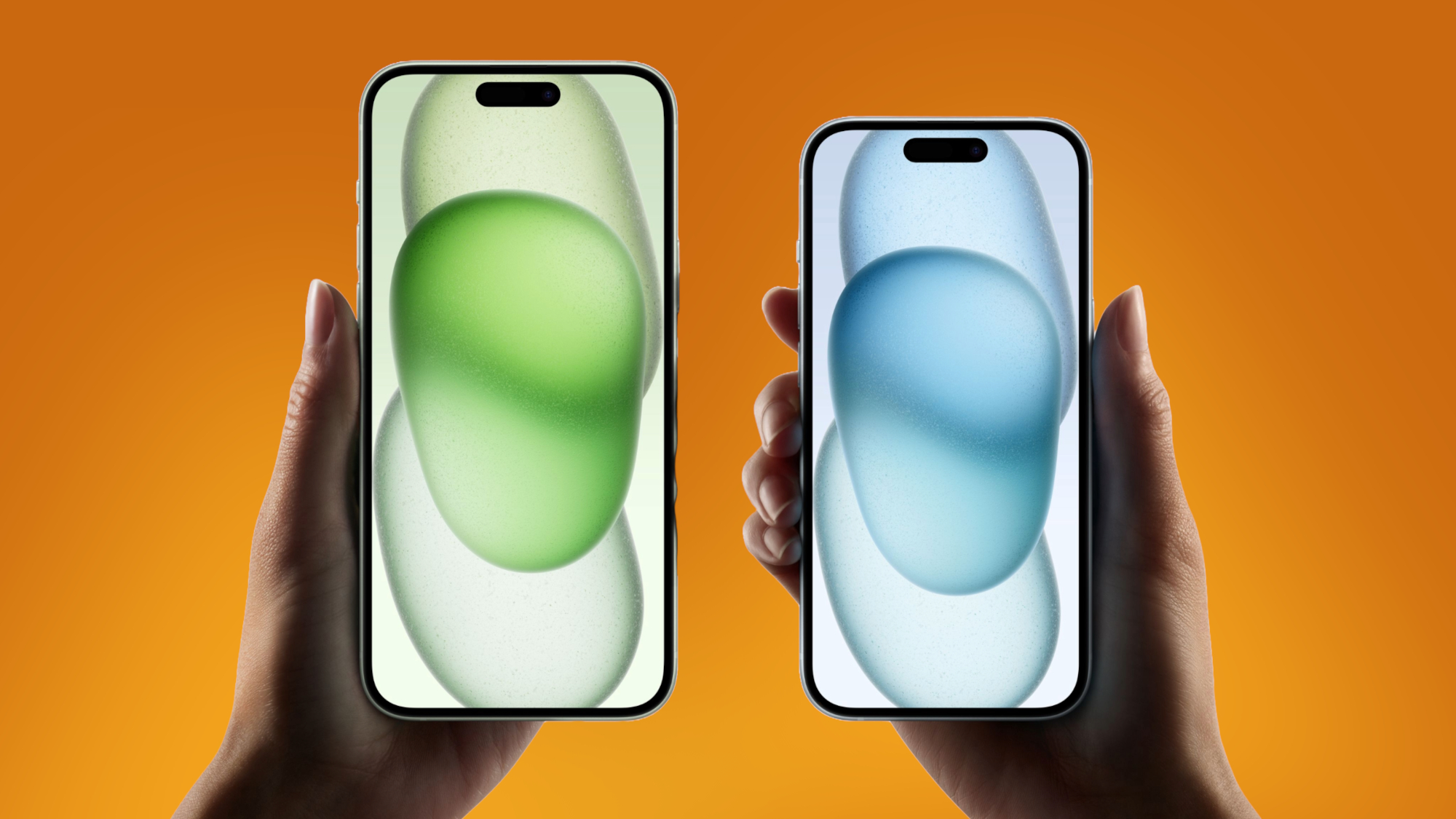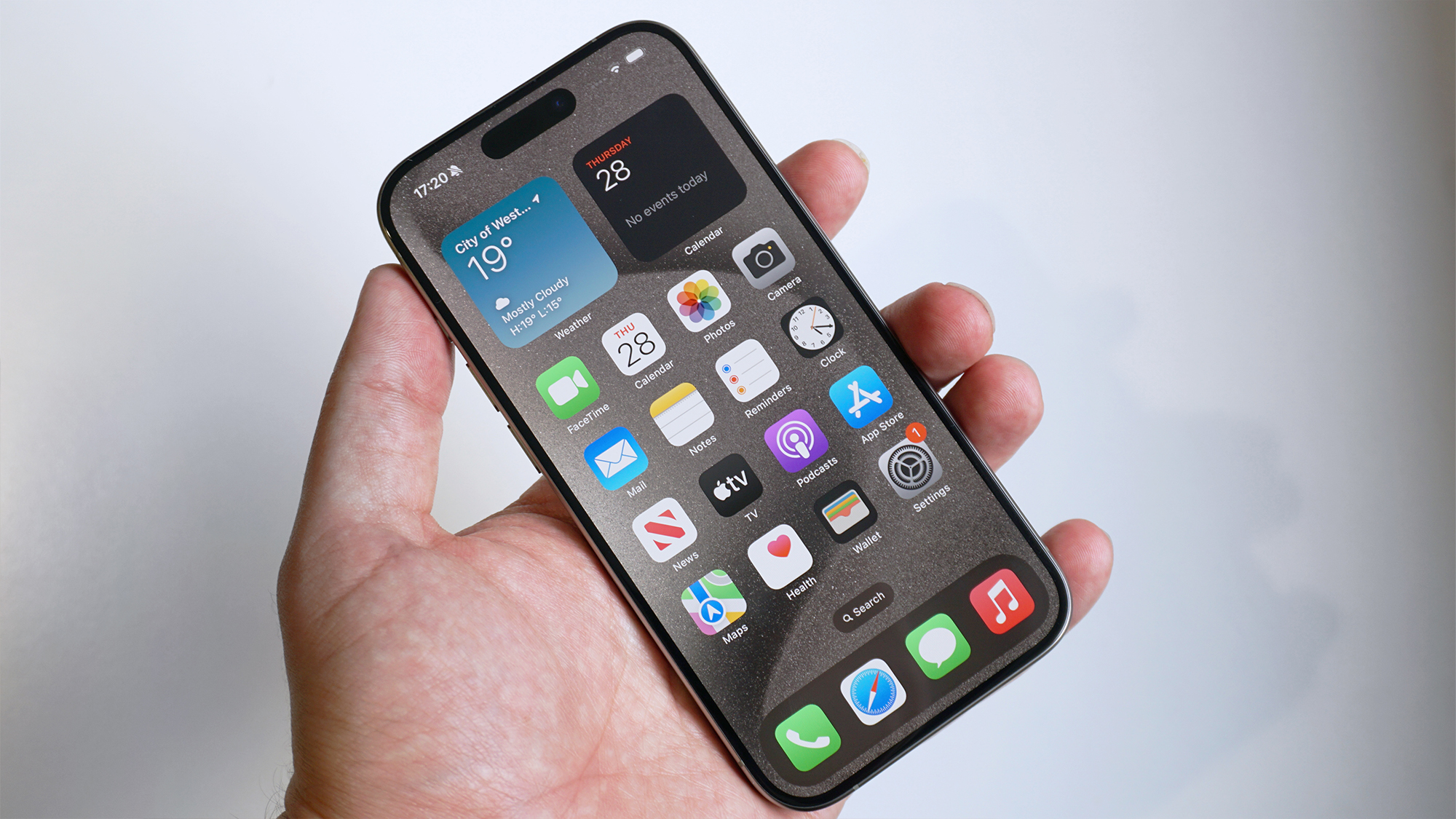
I’ve made no secret of my preference for iPhones over Androids. Almost three years ago, I penned an op-ed on why I’m comfortable being trapped in Apple’s ecosystem, and it’s an opinion I still hold to this day, despite having reviewed several of the best Android phones as part of my job.
To be clear, I’m not saying iPhones are objectively better than Android phones; I’ve talked up the superiority of certain Android phones and features on plenty of occasions. It’s just that, as someone who uses a MacBook, an Apple TV and AirPods away from the office, I prefer the convenience of Apple’s walled garden over the inefficiency of trying to live with multiple operating systems at any one time. The same is true, I’m sure, for those who own a Samsung Galaxy phone alongside a Galaxy Watch, Galaxy Buds, and so on.
That said, my loyalty to the Big Apple has blinded me at times – especially when it comes to refresh rates. For the past few years, I’ve been content to settle for Apple’s 60Hz iPhones (namely the iPhone 13 and iPhone 14) because I’ve never deemed the adaptive 1-120Hz refresh rate (i.e. ProMotion technology) of its Pro-level iPhones to be something that I need.
Now, though, having lived with TechRadar’s iPhone 15 Pro review device for several months, I won’t ever go back to life in the slow lane.

Of course, I’ve always known that Apple’s Pro-level iPhones deliver a smoother iPhone display experience than their standard-level counterparts. Heck, I’ve tested multiple Android phones that boast similarly speedy refresh rates – in fact, almost all premium Android phones released these days have a 120Hz refresh rate; it’s seen as the bare minimum (as a reminder, refresh rate refers to the number of times per second your phone can display a new image).
But the mobile community – and I include myself in that category – hasn’t applied the same level of scrutiny towards Apple’s standard-level iPhones, which have used the same static 60Hz refresh rate since the release of the first iPhone back in 2007.
My esteemed TechRadar colleagues have expressed their disappointment with Apple’s refresh rate stance on multiple occasions. “I really hope this iPhone 15 rumor isn't true, you deserve better,” our Senior Phones Editor, Alex Walker-Todd, wrote back in September 2022, while TechRadar’s Managing Editor for Mobile Computing, Roland Moore-Coyler, echoed a similar sentiment in August last year: “Please, Apple – don’t do this to the iPhone 15.” But it is true that most Apple fans simply don’t care about higher refresh rates.
Sign up for breaking news, reviews, opinion, top tech deals, and more.
I was in that camp; not because I didn't know that a 120Hz refresh rate is better than a 60Hz refresh rate – it’s a bigger number, duh! – but because I didn’t fully appreciate the real-world difference between the two. I was fine with my iPhone 14’s 60Hz refresh rate, but now that I’ve been exposed to the iPhone 15 Pro’s 120Hz refresh rate for an extended period of time – longer than the amount of time it takes for me to review a phone (because remember, I’ve reviewed plenty of 120Hz-quipped Android phones) – I’ve finally come around to the long-term benefits ProMotion. I’ve reached the promised land. 120Hz is worth the money.

That’s not to say I’m suddenly angry with Apple for keeping its standard iPhones locked at 60Hz. Apple is a business, after all, and as a business, it has no obligation to bring its products in line with others on the market just because it has the ability to do so.
As a company, it makes business sense to equip your most expensive iPhone with the best features, irrespective of whether those features are deemed the bare minimum by others in the industry. If consumers are so desperate for a high refresh rate, then Apple’s Pro-level iPhones are ready and waiting to be bought (which perhaps explains why the iPhone Pro Max is now the world's most popular smartphone, and why the standard iPhone 16 is also tipped to be stuck with its predecessor’s 60Hz display).
So, yes, I realize that I myself have now fallen victim to another Apple trap. Whenever I’m relieved of TechRadar’s review-issue iPhone 15 Pro, I’ll be swapping my personal iPhone 14 for a ridiculously expensive iPhone 15 Pro. But hey, once you've seen the matrix, there's no going back, right?
You might also like

Axel is TechRadar's Phones Editor, reporting on everything from the latest Apple developments to newest AI breakthroughs as part of the site's Mobile Computing vertical. Having previously written for publications including Esquire and FourFourTwo, Axel is well-versed in the applications of technology beyond the desktop, and his coverage extends from general reporting and analysis to in-depth interviews and opinion.
Axel studied for a degree in English Literature at the University of Warwick before joining TechRadar in 2020, where he earned an NCTJ qualification as part of the company’s inaugural digital training scheme.